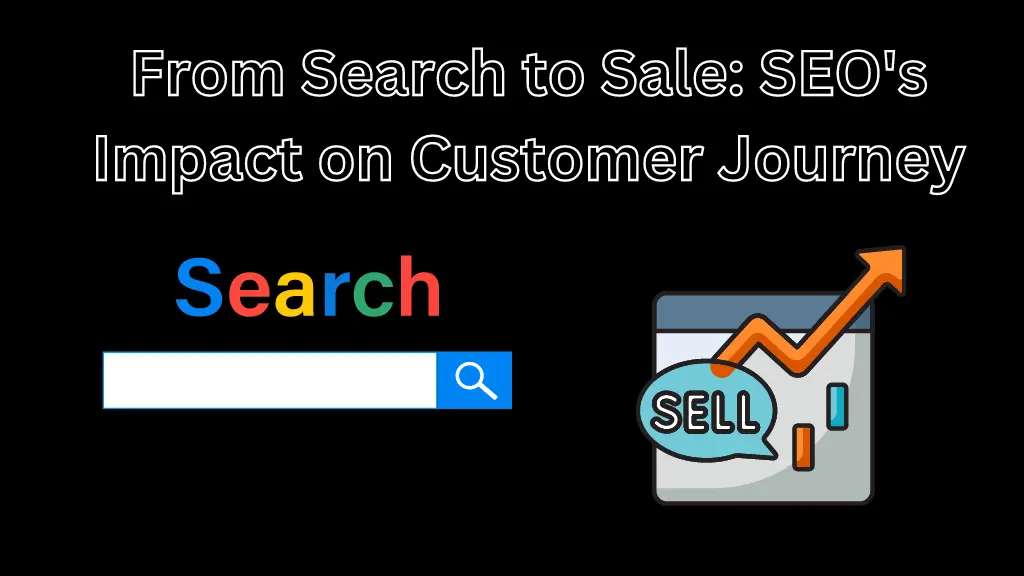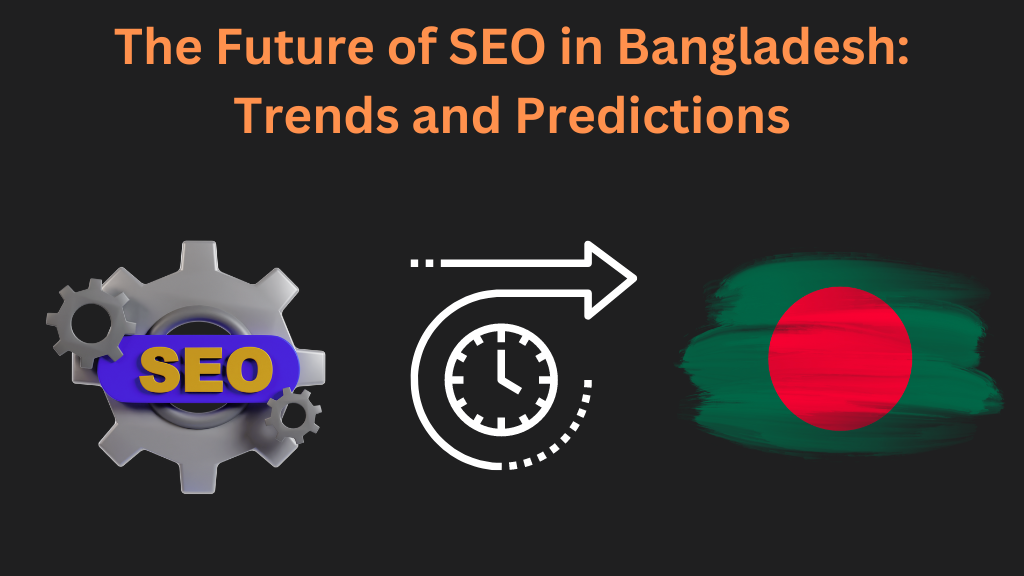Imagine a customer embarking on a digital journey, searching for a product or service they need. This journey, once a linear path from print ads to brick-and-mortar stores, has transformed in the digital age. Today, it’s a dynamic exploration driven by search engines, informative content, and online interactions. In this landscape, SEO (Search Engine Optimization) plays a pivotal role, influencing every step a customer takes, from initial discovery to final purchase.
Understanding the intricate relationship between SEO and the modern customer journey is no longer a luxury, but a necessity for businesses aiming to thrive in the digital marketplace. By aligning with the evolving nature of customer behavior and strategically leveraging SEO practices, businesses can unlock powerful opportunities to improve online visibility, generate qualified leads, and ultimately, drive sales.

Table of Contents
ToggleThe Evolution of the Customer Journey
Gone are the days of passive consumers bombarded by one-way advertising. Today’s customers are empowered, self-directed, and tech-savvy. They rely on search engines like Google to guide their research, compare options, and make informed decisions. This shift has fundamentally changed the customer journey, making it:
- Non-linear: Customers bounce between online channels, seamlessly switching between social media, blogs, reviews, and brand websites.
- Information-driven: They actively seek out content that answers their questions, addresses their concerns, and builds trust.
- Mobile-first: Smartphones have become primary research tools, making mobile-friendliness and local SEO crucial.
This evolution highlights the crucial role of SEO in influencing the journey at every stage.
Understanding SEO and Its Importance
SEO is the art and science of optimizing your website and online content to rank higher in search engine results pages (SERPs). This increases organic traffic, attracting potential customers to search for keywords relevant to your offerings. The impact of SEO goes beyond mere rankings:
- Improved Visibility: Higher rankings translate to greater online exposure, making your brand more discoverable to potential customers.
- Increased Traffic: By appearing in relevant searches, you attract more qualified visitors who are already interested in what you offer.
- Enhanced User Experience: A well-optimized website with focused content provides a better user experience, keeping visitors engaged and increasing conversion rates.
Beyond technical optimization, SEO encompasses practices like keyword research, content creation, and building backlinks – all geared toward providing valuable information that resonates with your target audience.
SEO’s Role in the Awareness Stage
The first step in the customer journey is awareness, where individuals recognize their need and begin exploring potential solutions. Here, SEO plays a crucial role in:
- Keyword Research: Identifying keywords your target audience uses to search for products or services like yours allows you to tailor your content accordingly.
- Content Creation: Informative blog posts, articles, and landing pages targeting those keywords educate potential customers about your offerings.
- Brand Visibility: By ranking for relevant keywords, you increase your chances of appearing in search results, sparking initial awareness.
Real-life Example: A travel agency optimizes its website and content around keywords like “best eco-friendly destinations” and “sustainable travel tips.” This increases their visibility for individuals searching for conscious travel options, raising awareness of their eco-friendly travel packages.
Navigating the Consideration Stage with SEO
Once aware of potential solutions, customers enter the consideration stage, actively researching and comparing options. SEO continues to play a vital role here:
- Targeted Content: Creating in-depth product comparisons, case studies, and customer testimonials targeted at specific buyer personas informs and engages potential customers.
- Website Optimization: Optimizing website structure and navigation for easy product exploration and clear information access improves user experience and encourages deeper interaction.
- Engagement Metrics: Tracking metrics like time spent on page and bounce rate helps identify content performing well and areas needing improvement.
Tip: Utilize long-tail keywords that reflect specific needs and purchase intent, such as “affordable eco-friendly backpacks for hiking.”
Closing the Deal: SEO in the Decision Stage:
The decision stage is where customers make their final purchase choice. Here, SEO can influence their decision through:
- Trust Signals: Displaying positive reviews, social proof, and certifications builds trust and credibility, making your offering more appealing.
- Local SEO (for Brick-and-Mortar): Optimizing for local search ensures your business appears in relevant online maps and local searches, driving offline sales.
- Product Descriptions: Compelling and SEO-optimized product descriptions highlighting unique features and benefits encourage purchase decisions.
Example: An online electronics store with excellent customer reviews and detailed product descriptions optimized for specific features like “long battery life” increases the likelihood of purchase compared to competitors with less informative content.
SEO’s Impact Beyond the Sale
The customer journey doesn’t end with the sale. Post-purchase SEO strategies nurture customer relationships and encourage loyalty:
- Engaging Email Marketing: Share relevant content and product updates based on past purchases, keeping customers informed and engaged.
- User-Generated Content (UGC): Encourage customer reviews, testimonials, and social media mentions, leveraging authentic user voices to build trust and attract new customers.
- Relevancy and Personalization: Continue optimizing content and website based on user behavior and purchase history to provide personalized recommendations and targeted offers.
Measuring SEO Success in the Customer Journey
Tracking your SEO effectiveness is crucial. Key metrics include:
- Organic Traffic: Monitor website traffic driven by organic search to gauge audience reach.
- Keyword Rankings: Track your position in search results for relevant keywords to assess visibility.
- Conversion Rates: Measure the percentage of website visitors who complete desired actions, such as making purchases or subscribing to newsletters.
- Lead Generation: Analyze how leads are generated through SEO efforts to identify successful strategies.
Utilize tools like Google Analytics and Search Console to monitor and analyze your performance.
Common SEO Challenges and How to Overcome Them
Businesses face various SEO challenges at different stages:
- Content Consistency: Regularly creating high-quality content requires dedication and resources.
- Competition: Ranking high in competitive industries can be challenging.
- Algorithm Updates: Search engine algorithms constantly evolve, requiring adaptation of SEO strategies.
Solutions:
- Develop a content strategy: Plan consistent content creation aligned with your target audience and key objectives.
- Stay updated on industry trends: Monitor algorithm updates and adapt your SEO approach accordingly.
- Seek professional help: Consider working with an SEO agency or consultant for expert guidance.
Conclusion
In the modern customer journey, SEO is not just a technical consideration, but a strategic imperative. By understanding the evolving customer behavior and embracing effective SEO practices, businesses can unlock powerful opportunities to attract, engage, and convert customers at every stage, ultimately achieving sustainable success in the digital marketplace.
Contact us today for a free SEO consultation to assess your website’s performance and discover how we can help you optimize your online presence.





